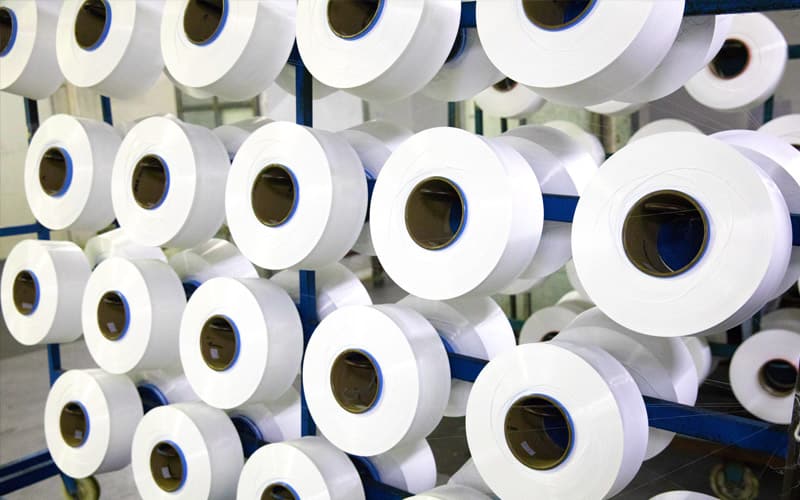Chemical fiber fabrics, polyester, acrylic, etc. are pr […]
Chemical fiber fabrics, polyester, acrylic, etc. are prone to static electricity.
Chemical fiber fabric is short for chemical fiber. It is a textile made of fibers using polymer compounds as raw materials. Usually it is divided into two categories: artificial fiber and synthetic fiber. Their common advantages are bright colors, soft texture, crisp drape, smoothness and comfort. Their disadvantages are poor wear resistance, heat resistance, moisture absorption, and air permeability. They are easily deformed when exposed to heat and are prone to static electricity.
The generation of static electricity is generally due to friction. If the static electricity generated by friction is an insulating material, it cannot be dissipated and will gather on the surface of the fabric, which will cause the obvious static electricity phenomenon we have seen.
And pure cotton clothes actually have static electricity, because there is also friction, but once it is generated on pure cotton clothes, it will quickly be conducted away. Won't stay. Therefore, clothes made of pure cotton or pure natural fabrics are generally recommended because of this. It is healthier.
Fiber made from natural or synthetic polymer materials. Common textiles, such as viscose cloth, polyester khaki, nylon stockings, acrylic yarn and polypropylene carpet, are all made of chemical fibers.
Anti-static in daily life:
1. When preparing to get off the car, hold the gear with your right hand, and then touch the iron part below with your fingers, and then drive the door. Put your left hand on the iron part of the door, but keep your left hand tight, then let go of your right hand. Car, then hold the door with your right hand and you won’t be electrocuted
2. To deal with static electricity, we can take two measures: "prevention" and "release". "Anti-", we should try our best to choose pure cotton products as fabrics for clothing and home decorations, and try to avoid the use of chemical fiber carpets and furniture with plastic surface materials to prevent frictional electrification. Keep away from electrical appliances such as televisions and refrigerators as much as possible to prevent induction electrification.
